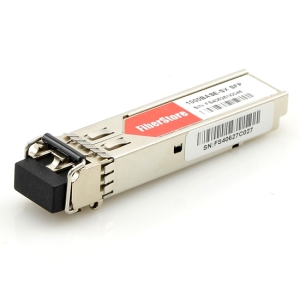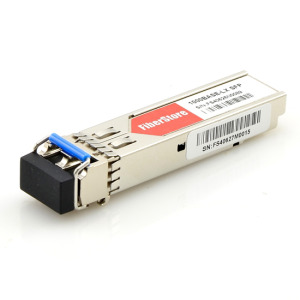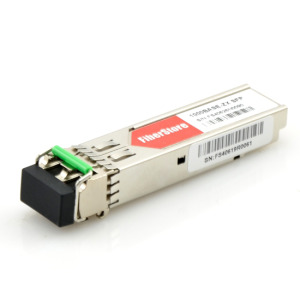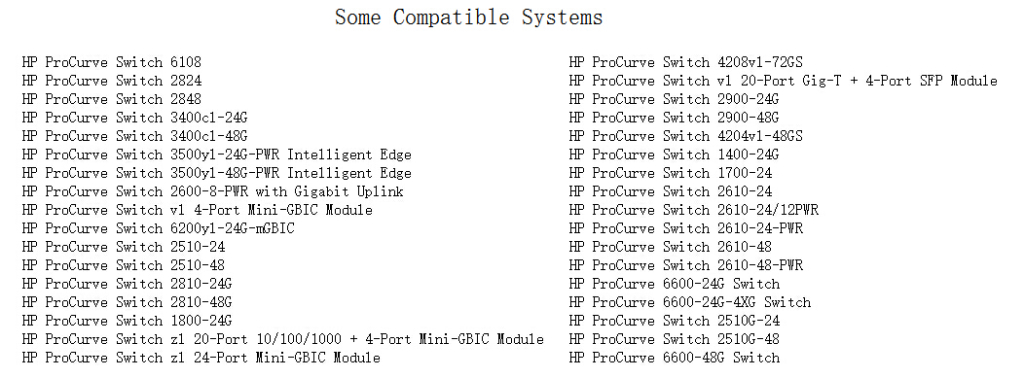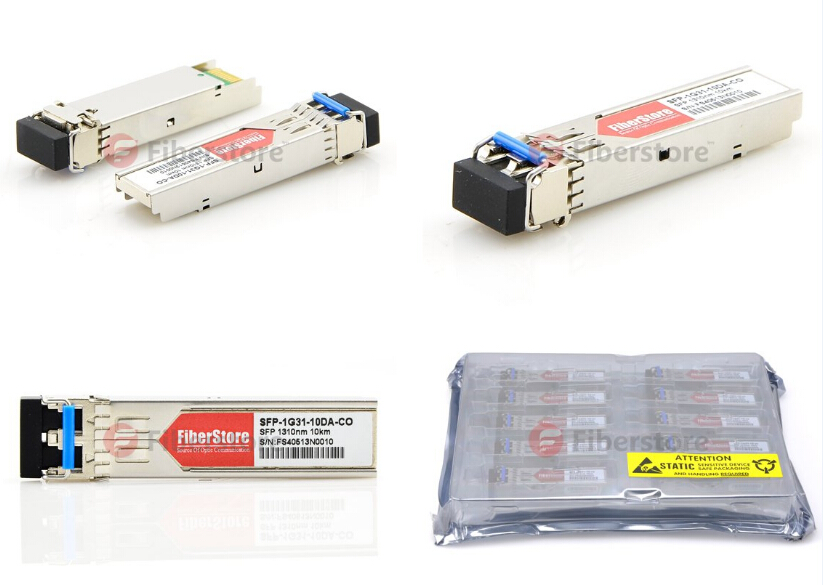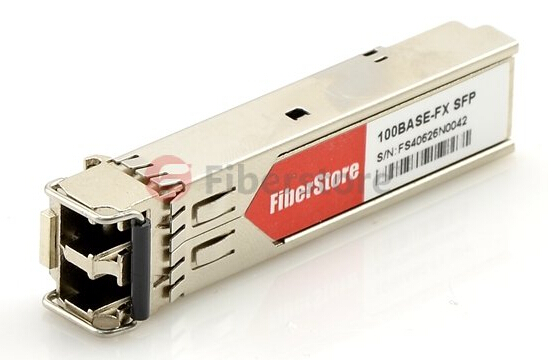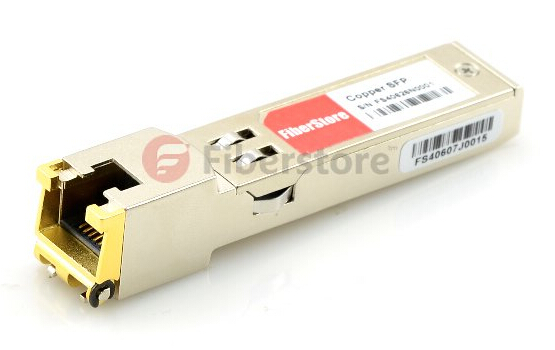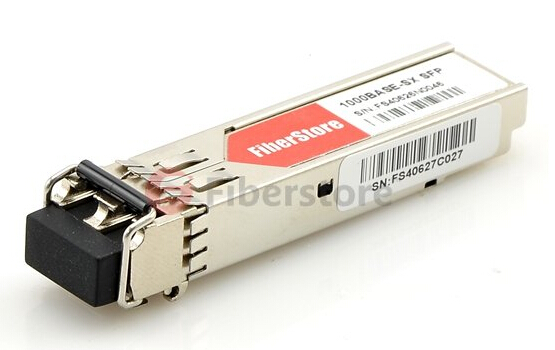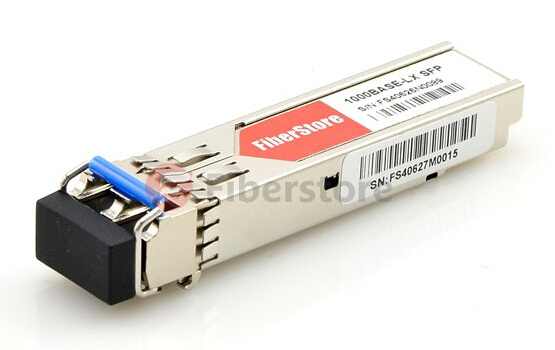Recently we met a big project that involved the network channel installation about digital optical transmission equipment, in fact, it is not so complex as the organization network ways, just we can use with SDH and downward access with switches over backbone line, but because of the SDH equipment covers all the site in the progress of construction, so it need to be solved for long distance network connections by another way. Fortunately, we have much experiences in using fiber optic transceiver, this page we will introduce the application of fiber optic transceiver in the network construction progress which combines with this experience.
1. Multimode fiber optic transceiver and multimode fiber optic cablesFiber optic transceiver is an ethernet transmission device that can exchange the light signal and electrical signal, fiber optic cables that can transfer data over network can be divided into multimode fiber optic cables and single-mode fiber optic cables, fiber core diameter of multimode fiber cable is 50~62.5 μm,and the single-mode fiber cable core diameter is 8.3 μm. In fact, these data are not intuitive for us, we can judge it only by colors, the multimode fiber pigtail's color is orange and the single-mode fiber cable is yellow. From the network applications, because of multimode fiber optic cable can transmit for not tool long distance, it just can be used between the buildings, but because of the price is relatively cheap, so there are still some people like to use it. HP J4858C SFP transceiver in figure 1.
Figure 1. HP J4858C SFP 850nm 550m Multimode Optical Transceiver

With the development of technology, this phenomenon that single mode fiber cables applied into the long distance network installation is more and more popular, nowadays many customers use fiber optic transceiver directly, just we call it FTTH (fiber to the home), and these different types of fiber optic transceivers we will introduce to you all based on single mode fiber cables. HP transceiver JD119B Single-Mode SFP in figure 2.
Figure 2. HP JD119B X120 1310nm 10km Single-Mode Optical Transceiver

The dual fiber single network port fiber optic transceiver just use two fibers, a fiber is used to receive and another is used to transmit. A group of fiber optic transceivers can achieve the exchange of electrical signal and light signal. The network device may a switch, also may a server, well, we can see the fiber optic transceiver as PC, which connected with the switch is straight through cable, and with the server is cross cable. With the development of technology, the fiber optic transceiver ports have been generally made adaptive mode (automatic matching cross-line and direct line), it also bring conveniences to the projects.
Single Fiber Single Network PortWith the continuous development of business, we are faced with an unavoidable problem that the shortage of fiber resources. Some companies want to connect the network but there is only a fiber, it is time to use the single mode fiber optic transceiver, it means that receive and transmit signal over a fiber, this product use WDM technology, related product: passive cwdm mux (shown as the figure). The wavelength usually are 1310nm and 1550 nm, and the 1310 nm stands for transmission, and the 1550 nm stands for receiving.
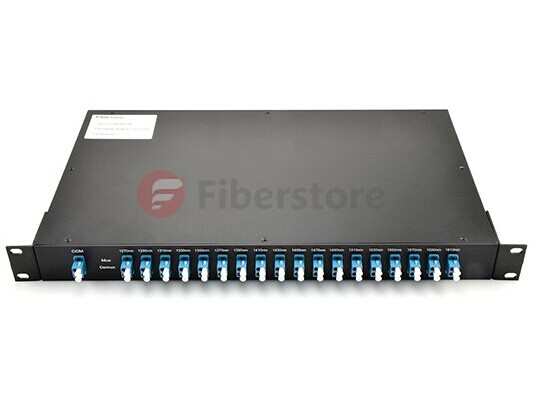
With the development of business, some units put forward higher requirements, for example, we organized network for one bank, he asked us to provide two Ethernet lines to separate from. it needs mature and safe fiber optic transceiver device technology, in order to simply the cost of fiber optic devices and achieve the networks over one fiber, we try our best to save the fiber sources. Our solution is that using 10/100 m adaptive port devices, access into the Ethernet link which can reach 60 km, also keep it to support network management functions.
3. Gigabit fiber optic transceivers and integrated optical interface switchesThe advantages of using fiber optic transceiver to connect the network, not only stable, but also it has fast speed, 100M full duplex and even 1000M duplex. For example, there is a Engineering machinery manufacturing enterprise, they use the 100M link to network at the beginning, but due to the requirements of the developments of business, we need to provide higher speed to them, fortunately, the progress of the technology provide good products for us, just gigabit fiber cable, from the appearances of fiber cable, it has no differences with 100M fiber transceivers. Yeah, the fiber optic transceiver we used can be directly plugged into the original power supply unit box, which just needs to change the fiber optic transceiver and then upgrade the bandwidth from Fast to Ethernet. Otherwise, we found that the education industry prefer to use an integrated gigabit fiber interface on the switches.
Article Source: Fiber Optical Networking


